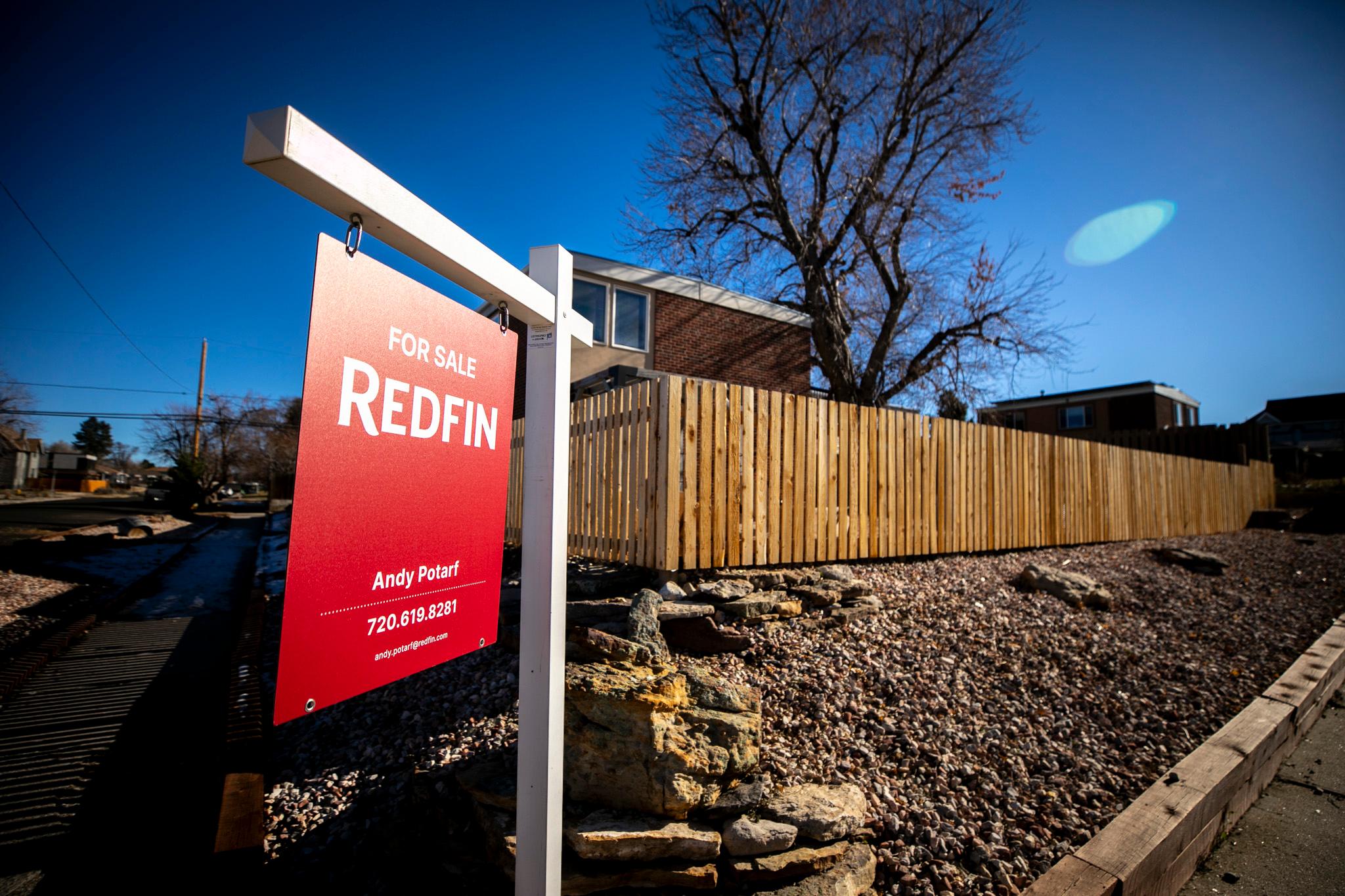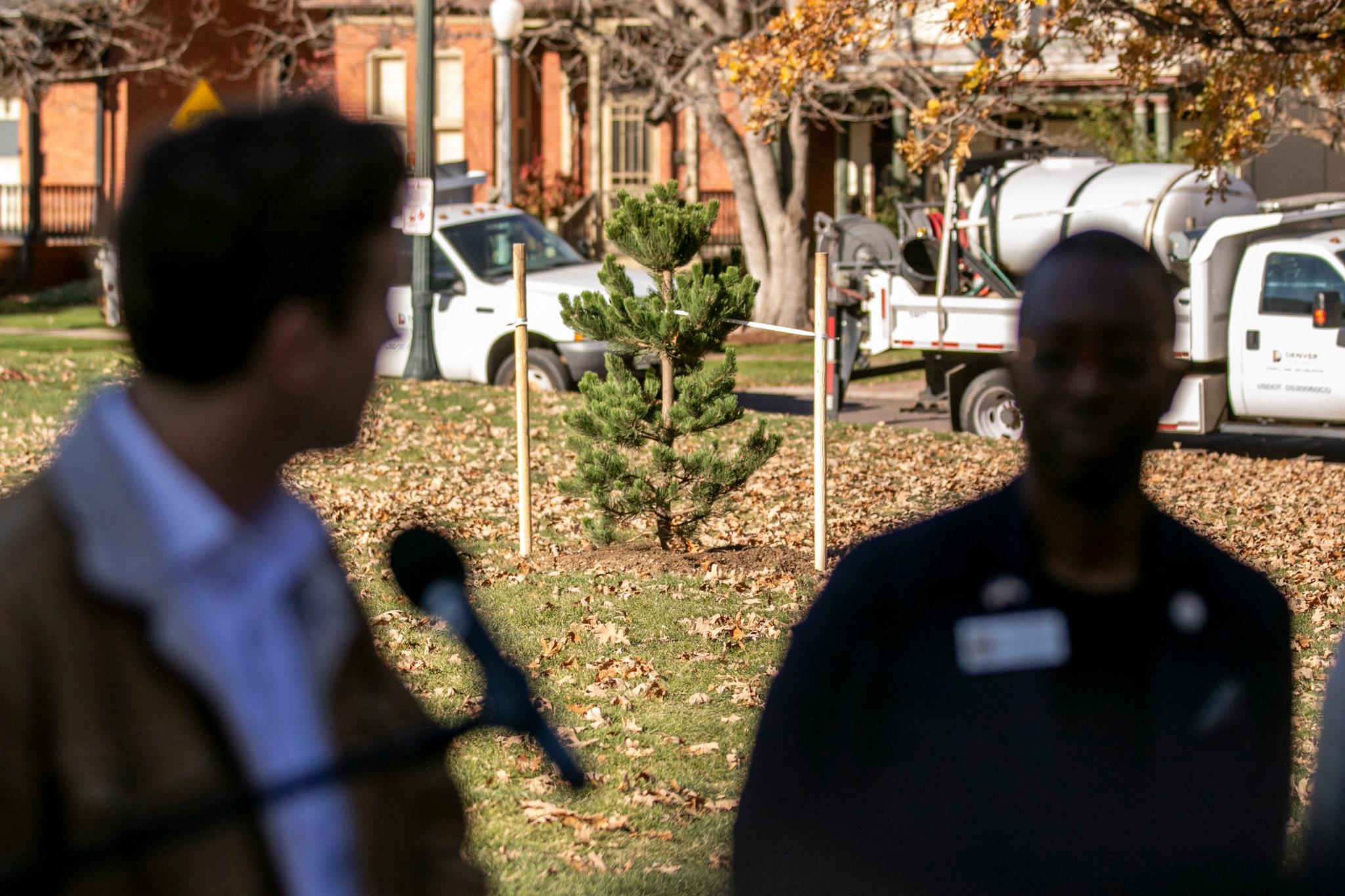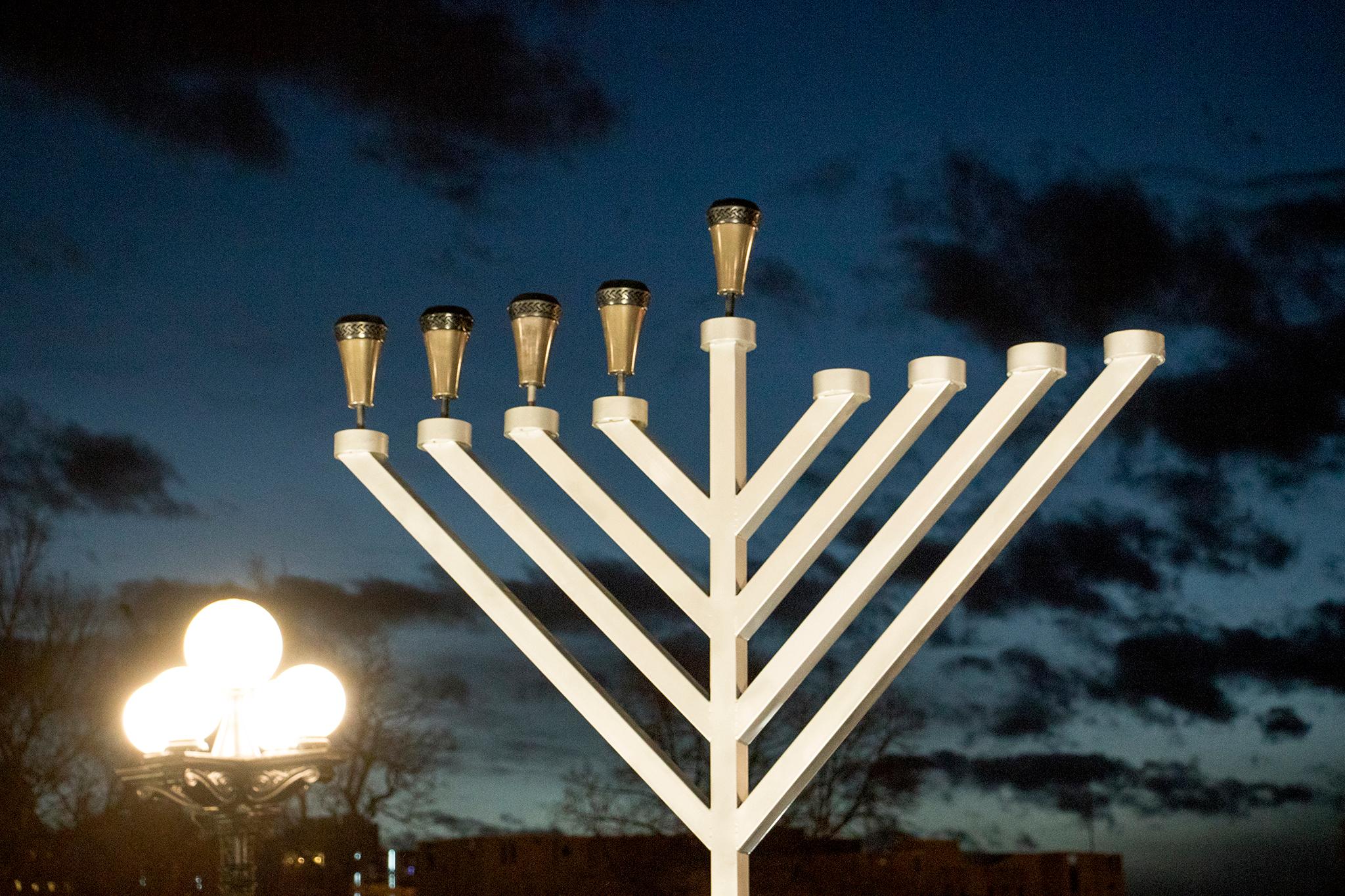After years of rising prices and fierce competition, Denver’s housing market is cooling off, and unsold properties are piling up.
But it’s not the only one.
From Fort Collins to Colorado Springs, real estate agents are expecting home prices to start falling — if they aren’t already.
“I think the entire Front Range is experiencing this scenario,” said Kelly Moye, a real estate broker with Compass and a spokesperson for the Colorado Association of Realtors. “We have more houses on the market than we do buyers.”
This year, it has taken an average of 27 days to sell a home in Denver, according to data from August. That’s a lot longer than in 2022, when homes in Denver averaged just 11 days on the market. Counties along the Front Range have seen a similar shift.
There are also signs that home prices are coming down from the high plateau where they’ve been stuck for years.
Moye, who works around the Denver metro, said a seller in Broomfield recently reduced their asking price from $800,000 to $750,000. She expects that prices around Denver could drop 3 to 4 percent by the end of the year.
“By December, I think our stats are going to show that market correction,” she said.
Cities to the south are feeling the impact.
Home prices in some of Denver’s suburbs and its southern neighbors are already coming down, including in El Paso County, home to Colorado Springs.
“We are definitely seeing a similar story across the Front Range,” said Patrick Muldoon, owner of Muldoon Associates in El Paso and Pueblo counties.
“In a typical subdivision, it's not uncommon to see half of the homes active on the market with price reductions,” Muldoon said.
Muldoon believes a slowdown in Denver’s market is spilling over into its southern neighbors, including Colorado Springs. Potential buyers are no longer traveling as far south to look for deals.
“They are on the sidelines. Affordability is extraordinarily hard in El Paso County right now,” Muldoon said.
One area is already showing a major change: Pueblo. Prices were down nearly 7 percent year-over-year in August, and it has taken nearly 90 days to sell the average home there this year.
“The fact that Pueblo is already showing these significant drops has me a little bit nervous that this is going to start pushing back uphill [toward the Denver metro] as these markets soften. We'll have to see if that happens. But our Pueblo market is brutal right now,” Muldoon said.
It’s unclear just how much prices would have to drop to lure buyers back. For many, it could still be a lot cheaper to just keep renting, Muldoon said. Front Range rental prices have already been dropping, due in part to the thousands of new apartments opening last year.
“If I go to rent a home in a subdivision that has a house for sale, there's a good chance I can save anywhere between $500 and $1,000 [per month] by renting the house and not buying it, which is an extraordinary gap that we've never seen before,” he said.
How does Colorado compare?
A recent analysis from the real estate data company Redfin showed that the Front Range wasn’t alone.
Among 50 metro markets, the Denver metro and 33 others were rated as “buyer’s markets.”
The report measured how many buyers and sellers are active in each area. In Denver, there were about 16,000 sellers, compared to just 10,000 buyers — a gap of about 57 percent. Other cities, including Charlotte, Miami, Austin, and Nashville, had even larger gaps.
The Denver area has also seen more price reductions on its listings than any other metro, Realtor.com found in June. (The metro includes seven counties around Denver, but does not include El Paso County.)
“I believe we can prove that it is, nationally, occurring in a lot of markets,” Muldoon said of the shifting market. “However, I do believe that the shine in the Front Range has definitely worn off.”
He blames much of the slowdown in the Front Range housing market on one factor: cost. Prices are still too high to lure in buyers, he said.
“Our affordability has become an extraordinary issue,” Muldoon said.
Indeed, the Denver metro was still near the top of the national pack for housing prices in August, with the median of almost $600,000 for the region ranking 12th on Redfin’s list.
And that number was even higher for the city of Denver itself, as well as for nearby counties like Jefferson and Douglas, where the typical home was still selling for more than $700,000 — at least for now.












